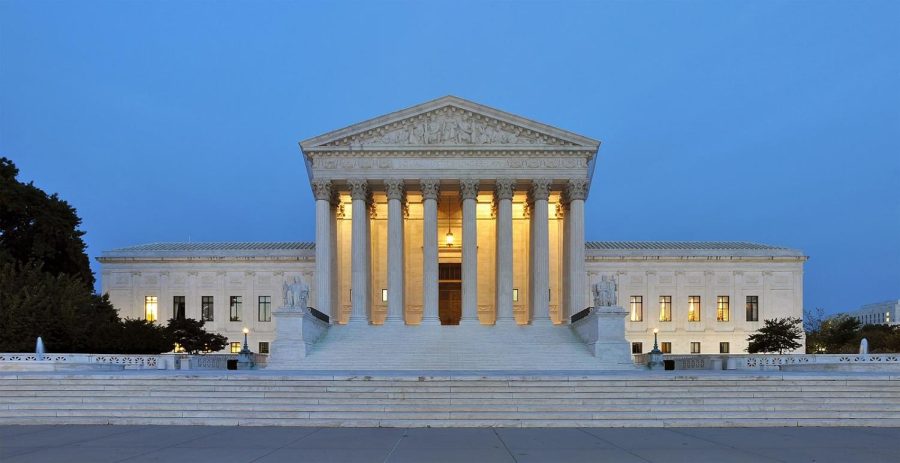As admission to competitive educational institutions becomes increasingly arduous, controversy surrounds diversity within admissions and within student bodies. What should a school do if their new policies, specifically designed to increase diversity, undeniably harm a certain demographic?
Thomas Jefferson High School for Science and Technology (TJHSST), a magnet school located in Alexandria, Va., has long been home to the brightest minds. Ranked as the number one high school in the nation by U.S. News, TJHSST admission is notoriously difficult – especially for certain demographics.
The admissions policy was completely altered in 2020 as the school claimed its new admissions policy would diversify the student body. The entrance exam was discarded, the entrance fee was abolished and TJHSST declared its desire to create a more holistic admissions process, including “a minimum GPA, advanced math prerequisite and ‘math and/or science’ problem solving essay.”
While the intent to diversify the student body seemed to be a positive step for equality, one group was disproportionately affected – Asian-American students. Their enrollment dramatically dropped from 73% to 53% in just one school year.
Only Asian-American students were negatively impacted while Hispanic, Black and White students all had an increased number of admittees.
“Even though the new admission process helped some people, there’s obviously a problem with it if Asian- American students were affected so much more than everyone else,” senior Emily Hoskins stated. “Obviously the policy needs to be reworked.”
TJHSST boasted their increased diversity as the school felt it had done so while keeping the rigor of academics high. Parents of Asain-American students, however, did not share the same feelings of accomplishments and took the issue to court.
U.S. District Judge Claude Hilton ruled “the new system amounted to unconstitutional racial balancing.” Additionally, Hilton disputed, “Everybody knows the policy is not race-neutral, and that it’s designed to affect the racial composition of the school.”
Hilton concluded, “Emails and text messages between Board members and high-ranking FCPS officials leave no material dispute that, at least in part, the purpose of the Board’s admissions overhaul was to change the racial makeup to TJ to the detriment of Asian-Americans.”
Though the ruling was clear, the school was granted the request to put Hilton’s ruling on hold by the 4th U.S. Circuit Court of Appeals. The high school continued to use their admissions process while the case was on appeal.
On April 25, the Supreme Court temporarily approved the new admissions process. The court order was “unsigned and gave no reasons, which is typical when the court acts on emergency applications asking the justices to intervene while appeals are moving forward.”
TJHSST technically increased their student body diversity, but at the cost of Asian-American students. Some see the new admissions process as a step forward, but its detriment to the Asain-American student body is certainly a step back.
As the New York Times wrote, “The number of Asian American students isn’t dropping because they’re less qualified; it’s dropping because the school has rejiggered the process to make race a factor in the decisions.”
The super-majority Supreme Court has undoubtedly made its impact in the last few years. Roe v. Wade is on thin ice as women’s rights continue to dwindle with rulings such as Little Sisters of the Poor vs. Pennsylvania, while Louisiana vs. American Rivers “reinstated a water rule that facilitates private industries’ evasion of environmental caution.” Now, with its failure to block TJHSST’s admissions policy, the Supreme Court has shown its staggering ability to diminish equality.
Though a conservative-appointed court is likely to continually make rulings based on a more traditional interpretation of the Constitution, when does traditional thinking become outdated and detrimental? The Supreme Court has certainly been pushing the boundaries.
While some see a more diversified student body at Thomas Jefferson High School, Asian-Americans see yet another act of discrimination. As the Supreme Court fails to rule against acts of inequity, communities of color continue to suffer the consequences.









